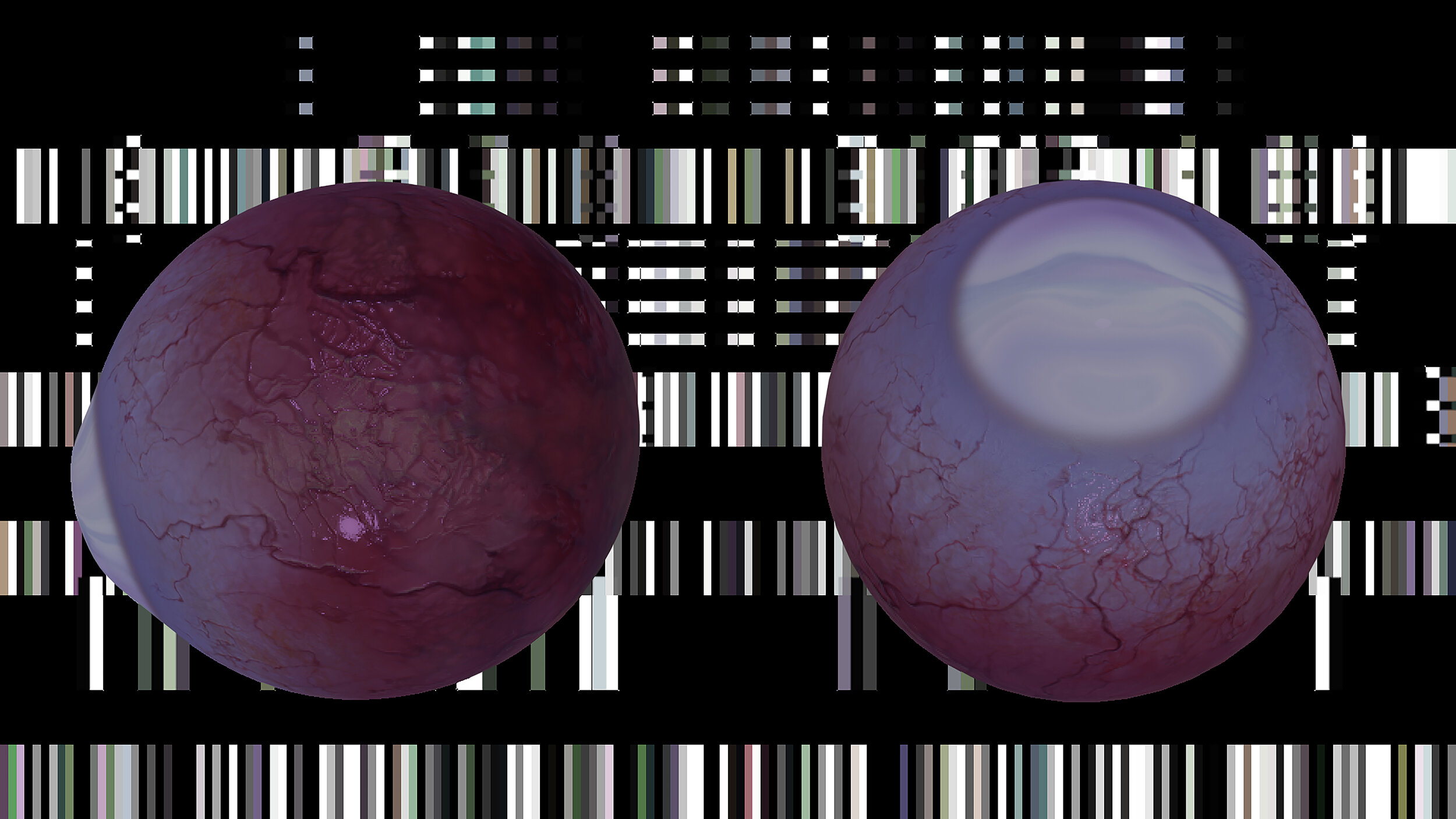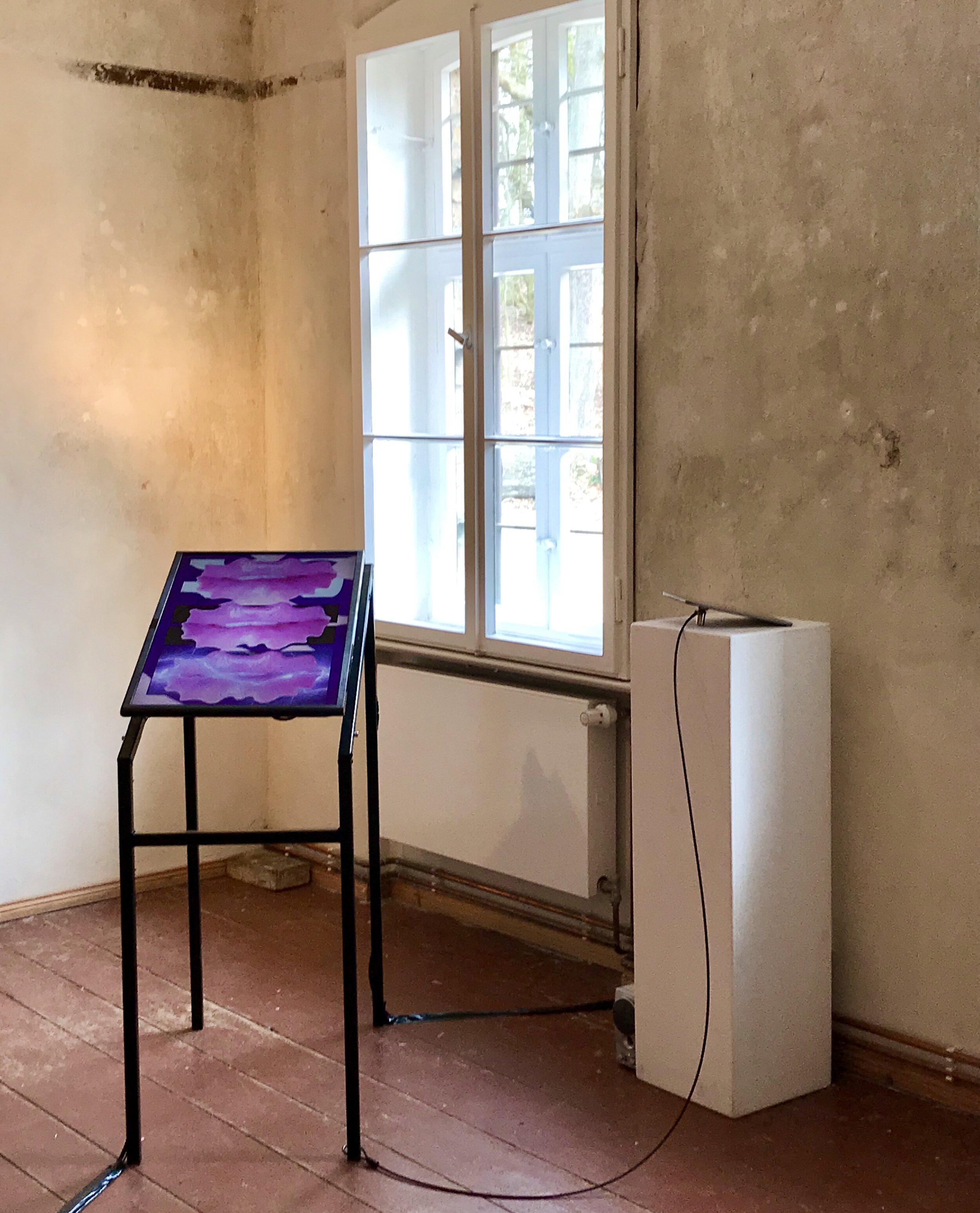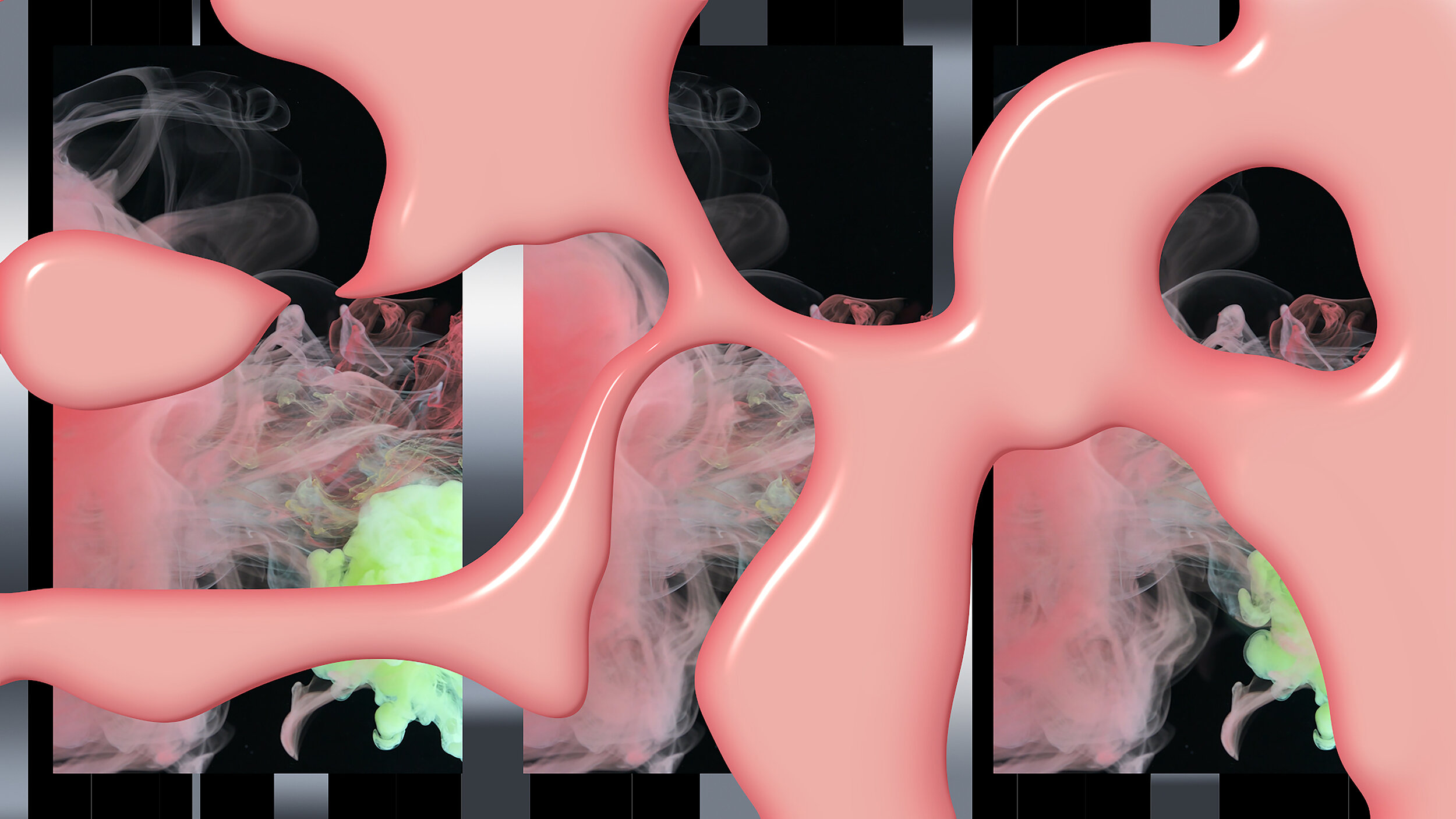Dagmar Schürrer
BERLIN, GERMANY
Email: info@dagmarschuerrer.com
Web: dagmarschuerrer.com
Photo credits: Birgit Von Bally
About the Artist
Distributed by Sixpack Film Vienna and Light Cone Paris
Member of mkv Medienkunstverein Berlin and Saloon International Network for Female Artists
Dagmar Schürrer is an artist working with the moving image. She assembles found footage, digitally generated objects and animations, text, drawings and sound to form intricate video montages, evocative of painting, collage and poetry. She holds a degree in Fine Art from Central Saint Martin ́s College in London, UK. Her work has been exhibited internationally, amongst others at the New Contemporaries at the ICA London, the Impakt Festival in Utrecht, NL, the Moscow Biennale for Young Art, Transmediale Vorspiel in Berlin and LUX moving image London. Her videos have been screened at numerous festivals: SUPERNOVA in Denver, the Seattle Film Festival, the Athens Digital Arts Festival, the Horn Experimental Film Festival in Israel, Tricky Women Festival in Vienna, or the Diagonale Film Festival in Graz. In recent years she received the Goldrausch Scholarship of the Senate of Berlin and was shortlisted for the Berlin Art Prize and the Tenderpixel Award in London.
ONLINE RESIDENCY / CHALLENGE PAPER ASSIGNMENT
For the best performance, please download the image, print it out and experience the world of GALAXY at your home.

2020
Video with sound, 03:40 min
GALLERY ONE
GALAXY
The narrator in the moving image work GALAXY is technology itself. The story is generated by an algorithm and offers an interpretation of an encounter of love and disappointment, by telling about the brief meeting of the two characters Touch and Long Swipe. Small deviations in the language and the narrative logic reveal our social imprint of how stories are expected to be told and how technology is programmed to follow these perceptions. The mise en scéne is a computer-generated galaxy of objects and images reminiscent of the organic, but dismembered and fragmented, reflecting on the possibility of creating new worlds and stories in digital space by following a subjective system of ordering.
GALLERY TWO
VIRTUALIZED
2020
Video with sound, 10:55 min
Virtualized AR Installation video link
Dagmar Schürrer's two-part video work VIRTUALIZED captivates through its materiality without being material. It seduces through its haptic without being tangible. She disturbs with organic forms and sounds that are largely artificial. The artist's focus is on the virtual, which, in agreement with the philosopher Pierre Levy, she understands not as an illusion or fake, but as an additional level to the real and the current: a state of the possible, detached from material presence and geographical location - like dreams or memories a vague structure before actualization in the real, constantly in flux and multiply distributed, floating in transition and subject to its own laws. The artist experiments with augmented reality in a virtuoso manner: triggered by individual video stills, she lets her visual worlds break out of the screens. One enters a virtual space, a 3D collage of digital objects trouvés and creations of the artist. Here, the oscillation between concrete figurative and abstract content opens up a broad field of chains of associations that refer to the familiar and at the same time imply something new. (Maja Stark)
GALLERY THREE
SEEKING PATTERNS
2019
Video with sound, 10:02 min
SEEKING PATTERNS – the title of the video already expresses the analytical search for a formal language, but possibly also forms as language, as a means and medium of distortion and refection.
In formal rigour, the essential proximity of physicality and geometry is revealed. An indifferent horizon becomes the staffage of perforated graphics. Epic pictorial surfaces, cut by clear and brushstroke-brittle lines and vague structures. The viewer is pulled into the imagery, separated only through the screen, the invisible surface dominated by circular structures and sharp-edged rectangles. Opposing image movements slide into each other without a rigid axis or vanishing point and create a weightlessness from co-existing antinomies, simultaneous events or dizzying parallel worlds.
In soft, fragile colours not only an imaginary space emerges, but a fictitious intimacy, or perhaps the agony of organic obscenity and geometric brutality. Unmistakably a response of the human to an abstract reality. At the breaking point, where almost contradictory surface structures meet, the bold idea of a pornographic voyeurism. Circles, lines and grids obscure the view and thus become objects themselves. In the virtual scene, the sharp contrast between the concrete and the abstract merges almost irritatingly harmoniously. Prostheses - a wig, a static mouth – are templates that counteract the surreal space, that is moved by abstruse bodies, and build a virtual collage. Through the anomaly shimmers the animalistic - icons of the animalistic and the soulful between which a machine perpetually turns.
Episodically, Dagmar Schürrer's video tells of pairs of opposites who are becoming transparent through their clashes. They seem to be volatile facets of the logic of the aesthetic, which seem to have many familiar yet unknown faces. The bizarre repetitiveness of a pattern becomes a confrontation with the mere form. As subtle as these allusions are, so visually powerful is the associative power in it. Cool poetic and deceptively sterile. Dagmar Schürrer dissects idealized normalizations and plastic exotisms with surgical precision. The seductive fragility of aesthetic parables comes to the fore. (Nina Lex)
2018
Musicvideo, 03:55 min
Music by Chris Imler
GALLERY FOUR
FAHRVERGNÜGEN
Seemingly unrelated images flash in front of the background of a pulsing bar graph: a face, the lower half of a male body with four legs, black smoke, a white cloud, an ice cream cone, railroad cars, all move vertically across the image. The sequence of visual motifs first begins to grow a bit calmer when a greyish pink rectangle containing the black and white image of a man ́s head moves to the center of the screen, where it then again becomes mirrored and fragments. The head belongs to the musician Chris Imler who is heard on the soundtrack singing about living life on the edge – perhaps so desired – to the hypnotic rhythm of oriental/ psychedelic style music: "Do I deserve not to get what I deserve?/ Do I deserve the battle I battle?/ Do I deserve to run off the rails with all the other trains?/Or maybe crashing is also the fun of the ride?"
Dagmar Schürrer works her music video like her video installations, creating different geometric visual elements and windows arranged alongside and atop one another, often assuming the form of complex rhythmical compositions. She combines alienated found footage sequences, primarily of accidents and a field of sunflowers, arranged together with grey and pink rectangles and shots of Imler. However, no clear hierarchy of images or visual dramaturgy emerges. Instead there is a multifaceted, speeding remix of various motifs befitting the text of the song, telling of life caught in a kind of speeding standstill. (Sven von Reden)
GALLERY FIVE
IDEAL DEFICIENCY
2016
Video with sound, 05:46min
This film is like a machine. Everything is in motion, humming, in restless rhythm. Recognizable in the beginning is an abstract composition: a luminous circle sliced by a black line, above it, drips of paint, a diagonal beam drifting upward. A nice picture reminiscent of modernism, of Moholy-Nagy, the constructivists. Below it is a painting of nondescript material, probably ash, in the background a blue rectangle that rises and falls. The composition as a whole evokes a computer window, but also sediments, deposits on the screen without any depth. "Control the rupture" is written. A screeching sound: "Split and scratch," the words and their sound penetrate into these smooth surfaces from which individual subjects fluctuate in rhythm: continual close-ups of vague body parts. A frenzied dance involving patterns that basically do not change as the formats somehow remain the same: An assembly line of images. Controls? Not for us who are thrown into this machine.
Ideal Deficiency deals with bodies and their subjectivization in an era of mechanized controls. From the technical euphoria of modernism through to the current ability to quantify algorithmically, the line is drawn clearly: they are all such beautiful patterns. There is no outside. Permanent variability of the same. And yet they are there: these strange superimpositions, these picture formats that do not simply glide seamlessly, but instead, are full of ruptures. Ideal Deficiency, the ideal deviation, can be programmed. But it also occurs as an uncontrolled effect of program errors and hardware crashes. Therefore, "ideal" is not the smooth marble or body, but something that will abruptly adjust it, that shows a tear in the image, like the black line that once again slices the circle. Or the ash that remains behind, in the first image and also the last. (Yvonne Volkart Schmidt)















